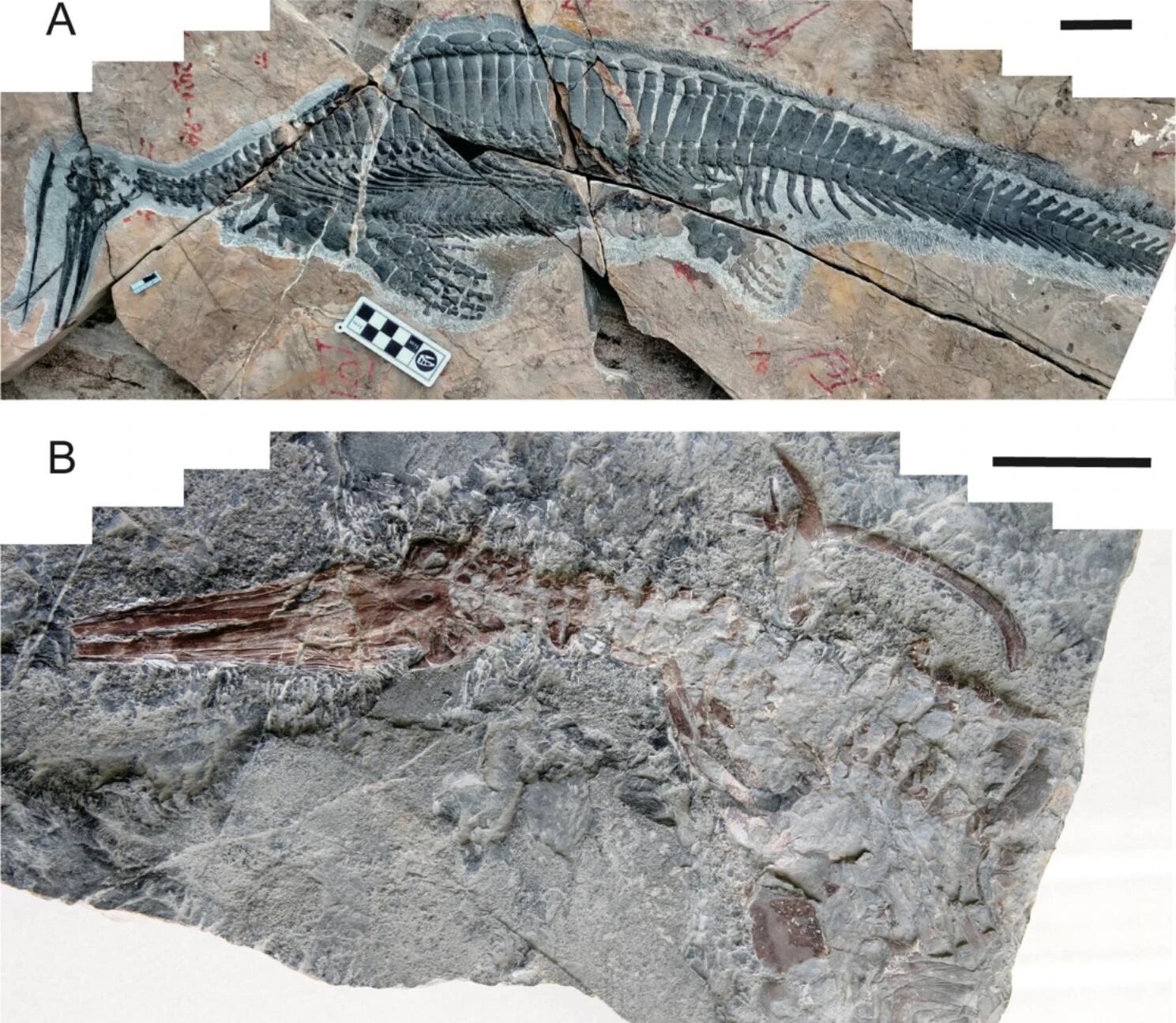Scientists are intrigued by the possibility that global warming and El Niño may have a partner in crime when it comes to this summer’s unprecedented heat.
The European climate agency Copernicus reported that July broke the old record by one-third of a degree Celsius (six-tenths of a degree Fahrenheit). This sudden and significant increase in heat, particularly in the oceans and the North Atlantic, has scientists divided on whether there might be another factor at play.
While scientists agree that the primary cause of recent extreme warming is climate change resulting from the burning of fossil fuels, which has led to a long-term rise in temperatures, some researchers believe there must be an additional factor.
“What we are seeing is more than just El Niño on top of climate change,” said Copernicus Director Carlo Buontempo.
One surprising source of added warmth could be cleaner air resulting from new shipping rules. Another possible cause is the massive amount of water released into the atmosphere by a volcano. Both of these ideas are currently under investigation.
THE CLEANER AIR POSSIBILITY
Florida State University climate scientist Michael Diamond believes that shipping is “probably the prime suspect.”
For decades, maritime shipping has used dirty fuel that emits particles, which reflect sunlight and have a cooling effect on the climate, masking some of the effects of global warming.
However, in 2020, new international shipping rules came into effect, reducing up to 80% of these cooling particles. This change had a significant impact on the climate, according to atmospheric scientist Tianle Yuan of NASA and the University of Maryland Baltimore County.
Yuan’s studies show a possible warming effect resulting from the loss of sulfur pollution in the North Atlantic and North Pacific, which are both hotspots this summer. This warming trend cannot be easily explained by El Niño alone.
Diamond estimates that shipping regulations could cause a warming of about 0.1 degrees Celsius (0.18 degrees Fahrenheit) by the middle of the century. In high shipping areas like the North Atlantic, the level of warming could be five to ten times stronger.
A separate analysis by climate scientists Zeke Hausfather of Berkeley Earth and Piers Forster of the University of Leeds projected half of Diamond’s estimate.
DID THE VOLCANO DO IT?
In January 2022, the Hunga Tonga-Hunga Ha’apai undersea volcano in the South Pacific erupted, releasing over 165 million tons of water vapor, a heat-trapping greenhouse gas, according to University of Colorado climate researcher Margot Clyne.
The volcano also emitted 550,000 tons (500,000 metric tons) of sulfur dioxide into the upper atmosphere.
While the water vapor has not yet had a noticeable effect, studies using computer models suggest that it could cause warming in some areas and cooling in others. However, these models do not take into account the cooling effect of sulfur, which was lacking in the eruption of Hunga Tonga.
Some scientists argue that the recent increase in solar storms and sunspot activity is to blame for the warming temperatures. However, this theory does not align with the data, as solar storms were stronger in the past when temperatures were cooler.
LOOK NO FURTHER
Despite the various theories, some scientists believe that human-caused climate change, combined with the influence of El Niño, is sufficient to explain the recent temperatures.
“Climate change and El Niño can explain it all,” said Imperial College of London climate scientist Friederike Otto. “That doesn’t mean other factors didn’t play a role. But we should definitely expect to see this again without the other factors being present.”








